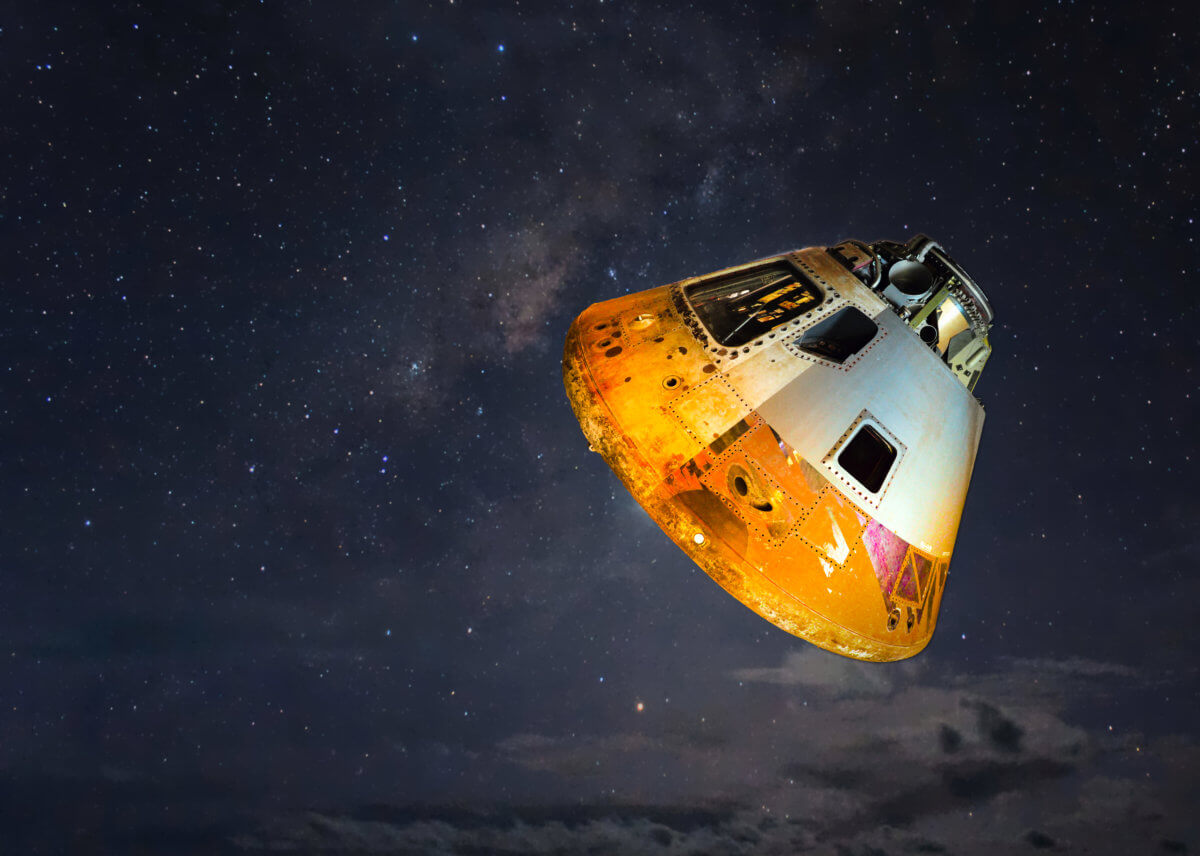The idea that developing countries are ‘locked out of space’ – may seem obvious. They simply can’t afford to launch satellites into space, right? Well, there’s a bit more to it than that – the ideal orbits for most satellites are very specific, and with over 43,000 satellites being launched into Earth’s orbit since Sputnik I in 1957, space is filling up fast.
If you’re not already familiar with it, allow me to introduce the idea of a Geostationary Orbit to you. It takes 24 hours for the Earth to spin around its axis – it’s the reason we have night and day.
Early governments and space agencies realised very quickly that as great as it was sending satellites into space – you’d lose contact with them when they travelled around the other side of the Earth in their orbit. Was there some way that they’d be able to maintain contact with their satellites, and still be able to use them 24/7?
This is where the idea of Geostationary Orbit comes in. If we were to position a satellite somewhere in Earth’s orbit, that was moving at the exact same speed as the planet’s rotation, then it would appear as though the satellite was fixed to a single point on the ground, meaning, it could be seen all the time.
Whilst Geostationary Orbits (GOs) can be achieved at any latitude along the Earth’s surface, the best GOs are the ones positioned along the Equator. This allows for the radio signals to easily bounce up and down along the Earth. For example, Australia can’t really communicate with anyone in the Northern Hemisphere directly due to the curvature of the Earth, since the straight-line travelling radio waves would literally fly off the Earth and into space. However, if we aim our radio communications at a satellite fixed in the sky (a GO satellite) we can ‘bounce’ the signal off it and reflect it onto countries like Japan.
As of today, there are approximately 2,000 active (fully or partially operational) satellites orbiting the Earth. As of April 2017, 85 countries had launched satellites into space – however, most of these were by a foreign supplier, with only 11 countries having the capacity to send satellites into orbit using their own launch vehicles. This includes New Zealand, which launched their first satellite into orbit using their own space agency in January 2018.
Australia’s first satellite, WRESAT, was launched in 1967 from the Woomera Test Range in South Australia, on board an American rocket. At the time, it made Australia the seventh nation in the world to have a satellite launched, and only the third to have one launched from within its own territory. Since then, Australia has launched 26 satellites into orbit around the Earth – 14 of which are still active. Compare this to the United States, which as of 1 February 2018 had a staggering 779 active satellites orbiting the Earth.
You can see from just the numbers the issues we have here.
As more and more governments, militaries and private companies send communication satellites up into these Geostationary Orbits, we are literally running out of room to place them in the Earth’s orbit. It means that when, and if, developing countries decide to launch satellites, all the best spots along the Equator will be taken.
Unlike meteorological satellites, which obliged to provide their weather and meteorological data to all countries for free, under the World Meteorological Organisation Convention, telecommunication and remote sensing satellites are not obliged to share their data.
The implications of this are enormous. Not only does it limit a developing nation’s capacity to communicate with the wider world, but also for developing countries to have the opportunity to obtain all the details concerning their natural resources. You can imagine how developing countries are completely reliant on the developed nations to provide the data and assist with analysis of their very own countries – understanding their geographic landscape – waterways, forest cover and use of agricultural. Satellites can also be used to detect the mineral and natural resource composition of the ground beneath – factors which dramatically affect the strategic planning of governments. You’re literally shut out from the rest of the world.
The modern ‘Space Race’ isn’t about who can get to Space or the Moon first – it’s about ensuring you’re not left behind with technology here on Earth.
We acknowledge the Ngunnawal and Ngambri people, who are the Traditional Custodians of the land on which Woroni, Woroni Radio and Woroni TV are created, edited, published, printed and distributed. We pay our respects to Elders past and present. We acknowledge that the name Woroni was taken from the Wadi Wadi Nation without permission, and we are striving to do better for future reconciliation.
